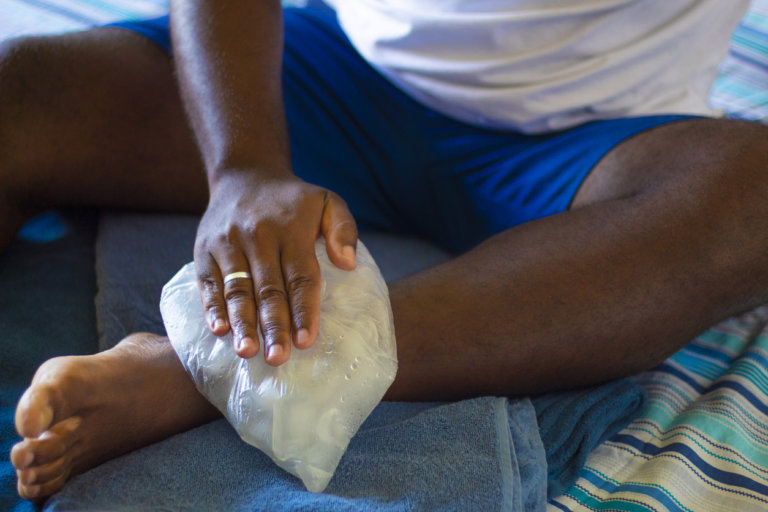People often think that they only need medical attention after an accident if they broke a bone or need stitches, but soft tissue injuries can be just as severe as a fracture or laceration. Many soft tissue injuries need professional medical attention to heal correctly. You could end up with chronic pain or limited movement for untreated soft tissue injuries.
Some soft tissue injuries are the result of repetitive motions, rather than a one-time accident. These conditions can become debilitating if ignored. A California personal injury attorney can help you go after compensation from the responsible party and explain four things you should know about soft tissue injuries.
Soft Tissue Injuries Might Not Be Visible
While some soft tissue injuries involve bruising, redness, or swelling, some other types of soft tissue damage can only be “seen” with medical procedures like an ultrasound or CAT scan. You might feel a great deal of discomfort but try to tough it out without a medical evaluation if you do not see signs of an injury, but doing so could be a mistake.
Some types of soft tissue injuries need splints, physical therapy, or surgery to achieve optimal healing. For example, a person who develops carpal tunnel syndrome from repetitive motions at work might need medical treatment so that the condition does not cause a loss of function of the hands. The individual might also need workplace modifications to avoid a recurrence or worsening of the injury.
Some Soft Tissue Injuries Can Be Fatal
For example, a person might have internal bleeding for a car collision or a fall accident. By the time they realize they need help, they might not make it to the hospital in time. A relatively insignificant amount of internal bleeding from a damaged organ could morph into a life-threatening hemorrhage without warning.
Also, a person with neck or back injuries might have fractured vertebrae in addition to the sore muscles they noticed. With ordinary movements, the broken bones in the spine could shift position and damage or sever the spinal cord, leading to paralysis or death. There is currently no cure for spinal cord damage.
That Sprain Could Actually Be Tendon or Ligament Damage
You might think that you have a sprain or muscle strain, so you apply some ice and take some over-the-counter pain reliever. What initially feels like an overworked muscle or joint, however, might be a torn or ruptured ligament or tendon. Pay close attention to how the injured body part feels, not just how it looks. Prompt medical intervention could be the difference between healing well and having to give up things that you enjoy doing because of long-term impairment.
You Could Develop Permanent Nerve Damage from a Soft Tissue Injury
Soft tissue damage can involve swelling, either near the surface or internally. Depending on the location of the injury, the swollen tissue could compress nerves in a confined area, like the wrist or spine. When a nerve gets compressed, it can get damaged. Sometimes the nerve can heal eventually with appropriate treatment, but in some other situations, the nerve dies, and the muscles it innervates can no longer function.
A California personal injury attorney can advocate for you if you sustained soft tissue damage that was someone else’s fault. Contact us today for more information and a free consultation.


